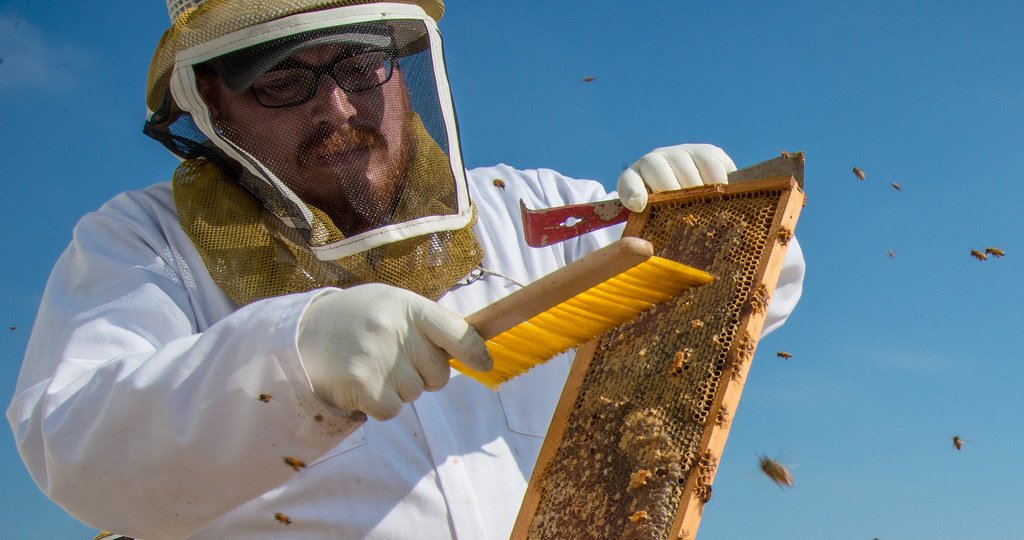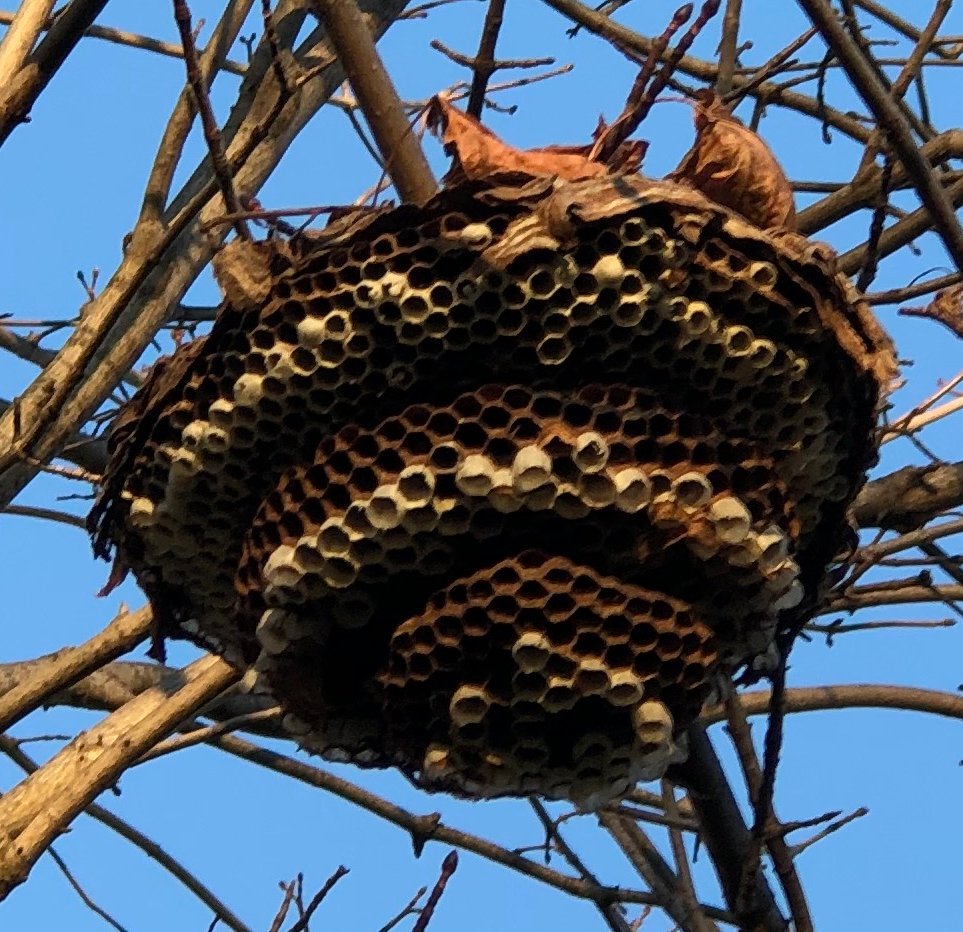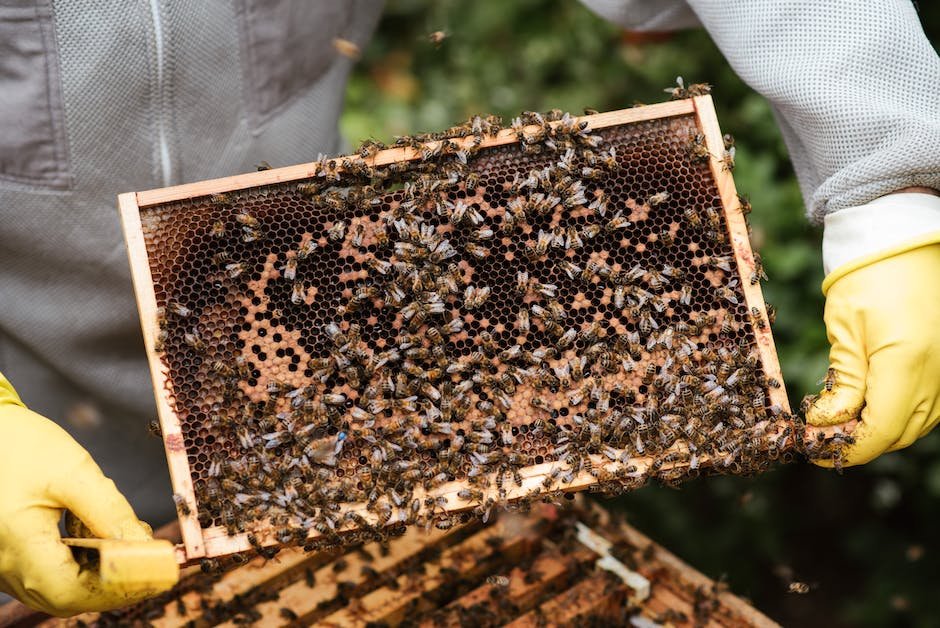Gently lifting the vibrant, handcrafted lid of a Kenyan top-bar hive, one becomes privy to a fascinating world bustling with golden treasures. Honey, nature’s luscious ambrosia, waits patiently inside, ready for those who dare to embark on the enchanting journey of beekeeping. While traditional hive extraction methods often lean towards the industrial, with their impersonal boxes and cumbersome frames, the simple elegance of the Kenyan top-bar hive offers a captivating alternative. In this guide, we will delve deep into the art of honey harvesting from a Kenyan top-bar hive, unraveling secrets passed down through generations, as well as innovative techniques harnessed by modern beekeepers. Prepare to step into the harmonious realm of the honeybee, where both humans and nature reap the rewards of a delicate dance.
Table of Contents
- Introduction to Kenyan Top-Bar Hives and Honey Harvesting Techniques
- Understanding the Honey Harvesting Process in a Kenyan Top-Bar Hive
- Preparing the Hive and Tools for Successful Honey Extraction
- Step-by-Step Guide to Harvesting Honey from a Kenyan Top-Bar Hive
- Tips for Ensuring the Quality and Safety of Harvested Honey
- Q&A
- In Conclusion

Introduction to Kenyan Top-Bar Hives and Honey Harvesting Techniques
Kenyan top-bar hives have revolutionized honey harvesting techniques, providing a sustainable and bee-friendly alternative to traditional Langstroth hives. These unique hives consist of a simple rectangular box with removable bars, creating individual compartments for the bees to build their combs. Unlike the conventional method of using pre-made frames, the Kenyan top-bar hives encourage bees to construct their natural comb, resulting in healthier and more robust colonies.
One major advantage of Kenyan top-bar hives is their accessibility and affordability. With minimal construction skills and materials, anyone can easily build their own hive or purchase a ready-to-use one. The simplicity of these hives also makes inspection and management of bee colonies easier for beekeepers, as they can observe the bees’ behavior without damaging their natural comb.
Honey harvesting from Kenyan top-bar hives follows a distinct method known as “crush and strain.” Rather than using expensive and complex honey extraction equipment, this technique involves crushing the combs and straining the liquid honey through a filter. This gentle approach avoids the stress caused to bees when their combs are completely removed, promoting a sustainable and low-impact honey production method.
In summary, Kenyan top-bar hives not only provide an innovative approach to beekeeping but also contribute to the conservation of bee populations and sustainable honey harvesting. With their simplicity, affordability, and bee-friendly design, these hives are an excellent choice for both novice and experienced beekeepers looking to make a positive impact on the environment while enjoying the fruits of their labor.
Understanding the Honey Harvesting Process in a Kenyan Top-Bar Hive
The honey harvesting process in a Kenyan Top-Bar Hive is a delicate and fascinating endeavor that requires precision and knowledge. The first step in understanding this process is to familiarize oneself with the structure of the hive. Unlike traditional stacked beehives, the Kenyan Top-Bar Hive consists of a horizontal wooden box with removable bars that the bees build their comb on.
Once the comb is built and filled with honey, it is time to harvest the golden liquid. But how does one accomplish this without causing harm to the bees or disrupting their delicate ecosystem? Here is a step-by-step guide to the honey harvesting process in a Kenyan Top-Bar Hive:
1. Preparation: Before beginning the harvest, it is essential to come well-equipped. One must have a beekeeping suit, gloves, a smoker, a hive tool, and a clean food-grade container to collect the honey. It’s also crucial to approach the hive calmly and mindfully, ensuring minimal disturbance to the bees.
2. Smoking the Hive: Using the smoker, gently puff smoke at the entrance of the hive to calm the bees. The smoke disrupts their communication system, making them less likely to become agitated during the harvest.
3. Removing the Comb: Carefully lift the top bars of the hive, one at a time, inspecting each comb for maturity. Mature honeycomb will typically have capped cells filled with honey. Gently detach the comb from the top bars, trying to disturb the bees as little as possible.
4. Harvesting the Honey: Place the harvested comb into the clean food-grade container, making sure not to crush any bees in the process. Once all the desired combs are harvested, they can be taken to a separate location for extraction.
5. Extracting the Honey: To extract the honey, the comb needs to be crushed and strained to separate the liquid gold from the beeswax. Different methods can be used, such as crushing the comb manually or using a honey extractor machine. Once strained, the honey can be stored in jars for later consumption or distribution.
is not only a way to appreciate the amazing work of bees but also provides a unique and sustainable method for honey production. By following these steps with care and respect, one can enjoy their own delicious, pure honey while preserving the delicate balance of the hive ecosystem.
Preparing the Hive and Tools for Successful Honey Extraction
Before embarking on the delightful task of honey extraction, it is crucial to ensure that your hive and tools are well-prepared. This preparation not only guarantees a smooth and successful process but also contributes to the overall health and productivity of your bees. Let’s dive into some essential steps and tips to make your honey extraction journey a sweet success:
- Inspecting and cleaning the hive: Start by carefully inspecting your hive for any signs of disease or infestation. If necessary, take the appropriate measures to rectify these issues. Clean the hive thoroughly, removing any debris or excess honeycomb. This will provide your bees with a hygienic environment to thrive and produce high-quality honey.
- Properly storing your tools: Ensure that all your honey extraction tools, such as uncapping knives, honey extractors, and honey storage containers, are clean and in optimal working condition. Store them in a dry and secure place to prevent damage and contamination.
- Smoking the hive: Before beginning the honey extraction process, gently smoke the hive to calm the bees and reduce their activity. This will make it easier and safer to access the honey-filled frames without causing unnecessary stress to your buzzing friends.
Remember, a well-prepared hive and properly maintained tools are key to a successful honey extraction. By giving careful attention to these steps, you’ll not only ensure a smooth harvest but also contribute to the wellbeing of your precious honeybees.

Step-by-Step Guide to Harvesting Honey from a Kenyan Top-Bar Hive
Preparing for Harvest:
Harvesting honey from a Kenyan Top-Bar Hive is a fascinating and rewarding experience that requires careful preparation. Before you delve into the process, gather the necessary tools: a beekeeping suit, gloves, a smoker, a sharp knife, a bucket with a strainer, and glass jars for storing the golden liquid. Make sure you are well-protected and familiar with the equipment to ensure a smooth harvest.
Step 1: Smoke Them Out:
Approach the hive slowly and gently. Puff some smoke at the hive entrance to calm the bees. This will minimize disruption, making the harvest safer for both you and the bees. Remember, smoke is your friend as it prompts the bees to fill up on honey before a potential move, making them less aggressive during the process.
Step 2: Remove the Comb:
Once the bees have settled down, carefully remove the top bars and inspect each comb for ripeness. Look for capped cells that indicate the honey is fully matured. Use a sharp knife to slice the comb from the top bar, ensuring you don’t damage adjacent combs. Place the harvested comb gently in your bucket, making certain no bees are trapped or harmed in the process.
Step 3: Strain the Honey:
Back in your workspace, use a strainer to remove any wax or debris from the harvested comb. Slowly pour the honey into the strainer, allowing it to flow freely into the waiting glass jars. Admire the mesmerizing hues and aromatic scent of your liquid gold as it cascades down. Remember to leave some honeycomb behind for the bees to rebuild and continue thriving.
Step 4: Store and Enjoy:
Cap the jars tightly and store them in a cool, dark place to prevent crystallization. Over time, the flavor profile of your honey will develop, making it even more delicious. Now, treat yourself to the taste of your hard work! Spread the rich honey over warm toast, drizzle it atop yogurts, or sweeten your favorite recipes. Share the joy with friends and family, allowing them to savor the unique flavors of Kenyan Top-Bar Hive honey.
Tips for Ensuring the Quality and Safety of Harvested Honey
1. Protect the Beehives: The first step in ensuring the quality and safety of harvested honey is by protecting the beehives themselves. Regularly inspect the hives for signs of pests, diseases, or possible contamination. Ensure that the hives are kept in a clean and hygienic environment, away from potential pollutants such as chemicals, trash, or industrial areas.
2. Practice Good Harvesting Techniques: When it’s time for honey extraction, it’s important to follow proper harvesting techniques. Start by wearing protective gear, including a beekeeping suit, gloves, and a veil, to minimize the risk of bee stings. Use clean and sterilized equipment to extract honey, such as honeycombs, extraction tools, and containers. This helps maintain the purity and safety of the honey during the entire harvesting process.
3. Ensure Proper Storage: After the honey has been harvested, it is crucial to store it correctly to maintain its quality and safety. Use clean, food-grade containers, preferably glass jars or bottles, as plastics can sometimes leach harmful chemicals. Store the honey in a cool, dry, and dark place away from direct sunlight, which can negatively affect its flavor and nutritional properties. Remember to label each container with the harvest date and type of honey for better organization and traceability.
By following these tips, beekeepers can ensure that their harvested honey remains of excellent quality and safe for consumption. It’s essential to prioritize the well-being of the bees and maintain good beekeeping practices throughout the entire process, from hive management to proper storage.
Q&A
How do I harvest honey from a Kenyan top-bar hive?
To harvest honey from a Kenyan top-bar hive, you’ll need to start by smoking the hive to calm the bees. Next, remove the bars with honeycomb and gently cut the capped honey from each comb. Finally, strain the honey to remove any debris and store it in a clean jar for future use.
When is the best time to harvest honey from a Kenyan top-bar hive?
The best time to harvest honey from a Kenyan top-bar hive is during the honey flow season, typically between late spring and early summer. This is when nectar is abundant and bees have stored enough honey for their own needs.
What equipment do I need to harvest honey from a Kenyan top-bar hive?
To harvest honey from a Kenyan top-bar hive, you’ll need a smoker, hive tool, protective clothing (such as a beekeeping suit and gloves), a bee brush, a sharp knife or honey cutter, and a clean jar or container for storing the honey.
How should I prepare the hive before harvesting honey?
Before harvesting honey from a Kenyan top-bar hive, it is important to ensure the hive is in good condition. Remove any obstructions or excess comb, check for pests or diseases, and make sure the bees have enough space in the hive to rebuild their combs after harvesting.
Is it necessary to smoke the hive before harvesting honey?
Yes, smoking the hive before harvesting honey from a Kenyan top-bar hive is necessary. The smoke helps to calm the bees, making them less defensive and reducing the risk of being stung during the harvesting process.
How should I handle the bees during honey harvesting?
During honey harvesting from a Kenyan top-bar hive, it is important to handle the bees gently and with care. Avoid sudden movements, use a bee brush to gently move bees away from the combs, and always work slowly and deliberately to minimize stress on the colony.
What should I do with the empty honeycomb after harvesting?
After harvesting honey from a Kenyan top-bar hive, you can return the empty honeycomb to the hive for the bees to clean and reuse. Bees will remove any remaining honey and wax from the comb, restoring it for future use.
How can I ensure the harvested honey is of good quality?
To ensure the harvested honey from a Kenyan top-bar hive is of good quality, it is essential to maintain high hygiene standards. Use clean equipment, strain the honey to remove any impurities, and store it in a cool, dry place to prevent fermentation or spoilage.
In Conclusion
As we bid adieu to the captivating world of Kenyan top-bar hive beekeeping, we hope this guide has left you buzzing with excitement for your very own honey harvest. The journey to harvesting liquid gold from these remarkable hives may be filled with a touch of anticipation, but fear not, for we have unraveled the mystery and bestowed upon you the knowledge to embark on this magical adventure.
As you approach your top-bar hive, armed with your bee suit and a heart brimming with anticipation, remember to cherish each step of the process. From the harmonious hum of busy bees to the slow unveiling of the honeycomb, there is poetry in every gesture. Respect the bees for they are the true architects of this sweet masterpiece, and let gratitude guide your every move.
As the warm sun caresses your face and your hands weave delicately through the honey-laden bars, take a moment to revel in the beauty of this sacred dance between humans and nature. Witness the golden nectar trickle gently into your collection vessel, a testament to the symbiotic relationship between mankind and the tireless pollinators that grace this Earth.
Once the honey harvest is complete, take a moment to savor the fruits of your labor. Immerse yourself in the aroma, taste the nuanced flavors, and let the honey transport you to the vibrant landscapes of Kenya. Share this elixir of nature with loved ones, and allow the pure magic of Kenyan top-bar hive honey to leave them breathless, just as it did to you.
As you wrap up your journey through the art of harvesting honey from a Kenyan top-bar hive, remember that this is merely the beginning. Delve deeper into the captivating world of beekeeping, explore new techniques, and let your curiosity guide you. In this dance with the bees, there is always more to learn, more wisdom to glean, and more honey to be cherished.
So, dear reader, may your future be filled with the mesmerizing hum of bees and the sweet honeyed embrace of the Kenyan top-bar hive. As you embark on this enchanting endeavor, we invite you to cherish each delicate moment and let the wonder of these humble creatures and their golden gift forever ignite your soul.
As an affiliate, my content may feature links to products I personally use and recommend. By taking action, like subscribing or making a purchase, you’ll be supporting my work and fueling my taco cravings at the same time. Win-win, right?
Want to read more? Check out our Affiliate Disclosure page.